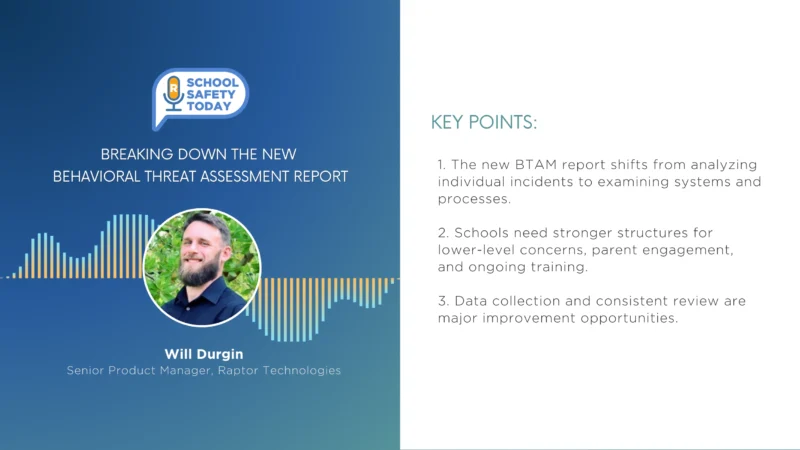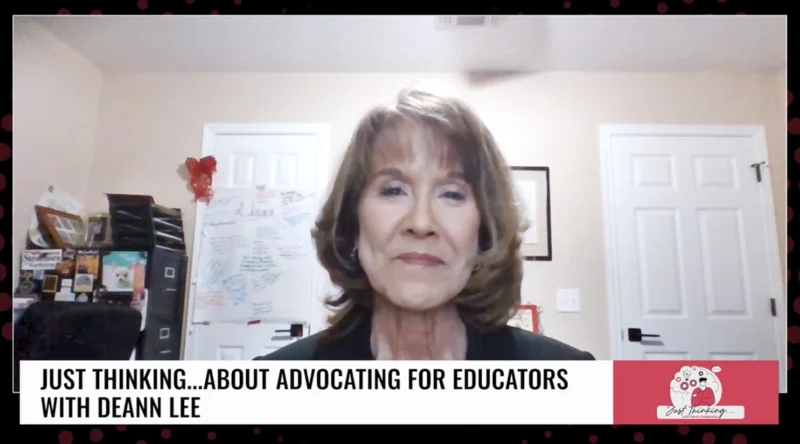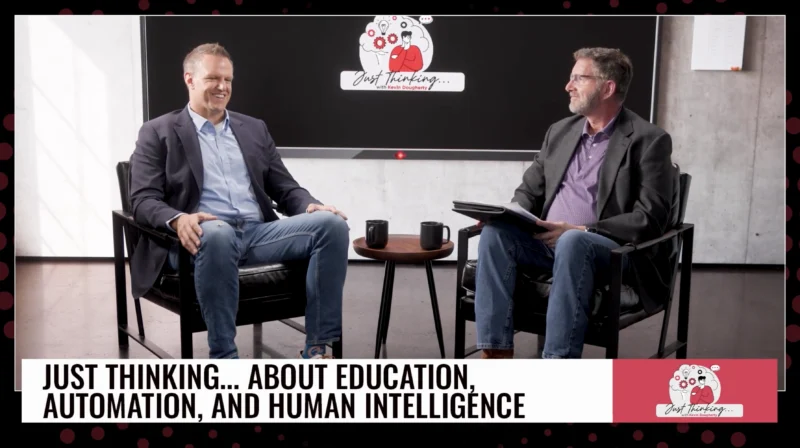Schools Have Less Security Requirements than the Cannabis Industry, This Needs to Change Right Now
In the latest episode of SecurED, host Mike Matranga engages in a thought-provoking discussion with Kevin Hill, a former police officer and security director, about the contrasting security regulations between the cannabis industry and the K-12 sector. This conversation uncovers the discrepancies and raises important questions about the prioritization of safety.
Key Points Discussed:
- Cannabis Industry Regulations: Rigorous security measures include comprehensive camera systems, attack film, access control, and alarms.
- Lack of Mandated Security in K-12: K-12 schools lack required security measures despite school shootings.
- Government Priorities: Disparity in regulations raises questions about government’s commitment to children’s safety.
- Call for Compliance Efforts: Implementing compliance standards is crucial to protect students and address victimization in schools.
Closing Thoughts:
SecurED’s insightful conversation between Mike Matranga, the host, and Kevin Hill, the guest, delves into the disparities between security regulations in the cannabis industry and the K-12 sector. This thought-provoking discussion sheds light on the stark differences in mandated security measures, highlighting the need for a critical examination of government priorities and the protection of children.
The contrast between strict regulations in the cannabis industry and the lack of security measures in K-12 schools raises concern. School shootings prompt questions on prioritizing safety. Why do cannabis facilities have stringent security while schools lack it?
This disparity reflects government priorities and resource allocation. The absence of inspections and mandated security leaves schools vulnerable. The conversation urges reevaluation of standards for student safety.




